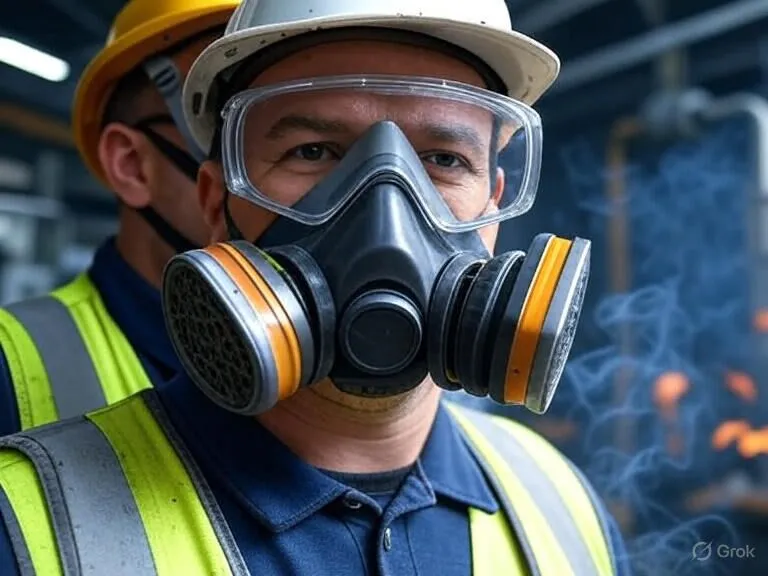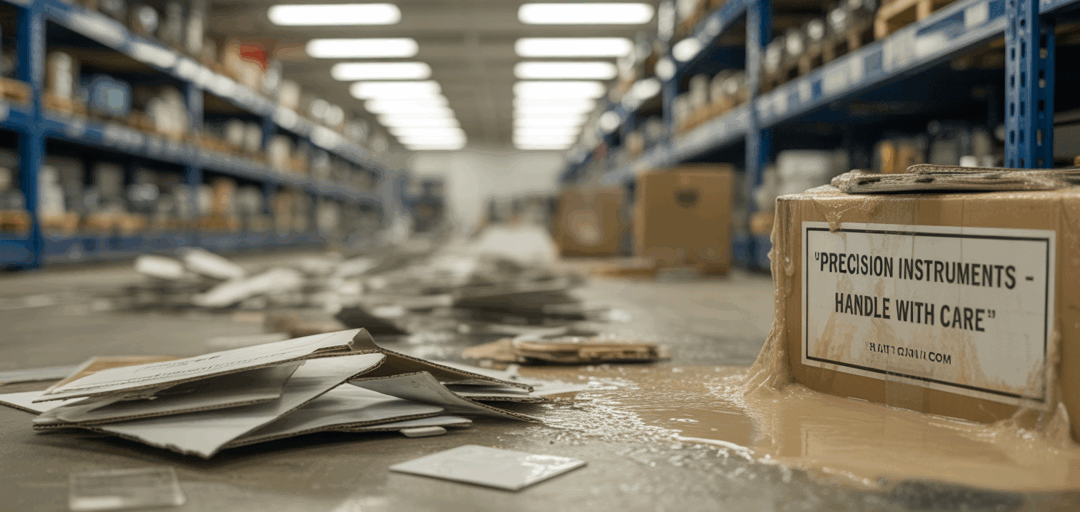The Costly Effects of Low Humidity in the Workplace
There are numerous costly effects of having low humidity in the workplace. We outline the costly effects, and give recommendations on combatting them.
Damage To Office Furniture
Desks, chairs, tables and other furniture made of wood is susceptible to damage in environments with low humidity. If there’s not enough moisture in the surrounding, wooden furniture may warp or even crack. Wood is incredibly porous, containing thousands upon thousands of small holes that are used to absorb moisture. This natural mechanism is used by trees in the wild to stay hydrated, and the same principle holds true for wooden furniture.
Of course, too much humidity is also bad, as it causes wooden furniture to rot. This is why it’s important for offices to invest in a proper humidity control system.
Static Electricity
Ever notice how static electricity is more common during the winter? This is due to the fact that winters are characterized by lower levels humidity, which subsequently increases the risk of electrostatic discharge (ESD). You might run your feet across the floor only to notice a slight shock the next time you touch a metal doorknob.
ESD typically isn’t a threat in the average family’s home, but it can result in costly damage in the office. Even small amounts of static electricity can literally fry delicate computer components like RAM, processors, graphics cards, and motherboards, as well as peripherals like printers and external drives. Maintaining proper humidity levels in the office will reduce the risk of such damage occurring to computers and other electronic devices.
Comfort
There’s a direct correlation between humidity levels in the office and the comfort of workers. Low humidity often creates the feeling of being cold. The moisture on a person’s skin will evaporate in low-humid environments, subsequently creating a cooling effect. So even if the office thermostat is set to a comfortable 72 degrees Fahrenheit, low humidity can make it feel like 68 degrees or below.
Increased Chance of Illness
You might be surprised to learn that working in an environment with low humidity levels can increase your risk of getting sick. Humidity keeps your mucus membranes moist, allowing the filter the air you breath. When there’s not enough humidity in the air, however, these membranes will dry out and crack, creating open wounds in which germs can enter the body.
“The correlations were surprisingly strong. When absolute humidity is low, influenza virus survival is prolonged, and transmission rates go up,” said Jeffrey Shaman, an atmospheric scientist at OSU. “In some areas of the country, a typical summer day can have four times as much water vapor as a typical winter day — a difference that exists both indoors and outdoors. Consequently, outbreaks of influenza typically occur in winter when low absolute humidity conditions strongly favor influenza survival and transmission,” he added.
Ways to Improve Air Quality in the Workplace
Did you know that the Environmental Protection Agency (EPA) ranked indoor air pollution as one of the top five environmental threats to public health? Just because the air in your workplace looks clean, doesn’t necessarily mean that it is. It’s not uncommon for toxic chemicals and pollutants to linger in the air, placing the health of workers in jeopardy.
Designate Outdoor Smoking Area
Most states have laws prohibiting workers from smoking in enclosed workplaces. Unfortunately, however, many employers fail to enforce this law, allowing workers to spark up next to non-smokers. Cigarette smoke contains over 7,000 chemicals, hundreds of which are toxic. Allowing workers to smoke inside the workplace will release these chemicals – formaldehyde, benzene, polonium 210, vinyl chloride, chromium, arsenic, lead, ammonia, butane, toluene, etc – into the air.
Improve Ventilation
One common characteristic of workplaces with heavily polluted air is poor ventilation. If air remains stagnant, it will naturally harbor a greater amount of pollutants. Studies have shown that workers are more likely to catch the cold virus if they are exposed to poorly ventilated environments. The heating, ventilation and cooling (HVAC) system should control both the comfort level of the workplace, as well as the airborne pollutants.
Cleaning
We can’t talk about ways to improve IAQ in the workplace without mentioning cleaning. This includes cleaning the floor, walls, office furniture, and any machinery/tools. Maintaining a clean workplace will help to control airborne pollutants while also eliminating bacteria and germs on surfaces, so try to get into the habit of cleaning it on a regular basis. Porous surface, such as hardwood, tend to harbor a greater concentration of germs.
Humidifier
How can a humidifier help to improve the air quality in a workplace? Humidifiers live up to their namesake by releasing moisture vapor into the air; thus, raising the humidity. This moisture vapor creates resistance in the air, restricting the ability of germs to travel. It’s not going to completely protect your workplace from airborne pollutants, but it’s a small step towards cleaner air.
Plants
Lastly, consider adding some plants to your workplace. Plants are mother nature’s own air filter, capturing dust and pollutants while simultaneously releasing fresh oxygen back in the environment. NASA even conducted a study back in the late 1970s, revealing the air-purifying power of several popular plants.
Smart Fog is a state-of-the-art humidification system that is perfect for the office. The office needs a commercial humidifier with micron droplets that eliminate dust and bacteria, and that is easy to maintain. Smart Fog humidifiers do all of these things. Read on for more information about reasons why your office needs Smart Fog.
What Sets Smart Fog Commercial Humidifiers Apart
Micron Droplets
Smart Fog humidifiers have the smallest droplets of water in the industry. The 4.2-micron droplets evaporate completely before reaching surfaces. This means that no surfaces will be moistened. Micron droplets are necessary for an office environment where important documents and technological devices must be kept dry. Also, offices easily become dry in the long, cold winter months. A commercial humidifier will keep the environment moist and help with dry skin and hair.
Eliminates Dust, Mold, Bacteria, and Viruses
Offices can be germy places. From the coffee machine to the keyboard, germs are lurking where we least expect it. Luckily, a Smart Fog humidifier can eliminate bacteria and viruses as well as dust and mold. By using a de-correlation technology, the micron droplets attract dust, air-borne diseases, bacteria, virus particles, and spores. This keeps the office environment healthy and clean and can hopefully reduce the number of employee sick days.
A Commercial Humidifier that Is Easy to Install and Maintain
This energy efficient humidification system is easy to install and requires little maintenance. The humidifiers don’t require any adhesives and come with push-in connectors. The systems contain plastic flexible piping that are durable and easy to install. The humidifier can be mounted on a wall, placed next to air handling units, or suspended from the ceiling, and can be put into ducts. Not only is it easy to install but it is also easy to maintain. The units contain no moving parts so there are few opportunities for it to break. In addition, the systems also have a wonderful, one-year warranty. Smart Fog also provides a comprehensive economical extended warranty plan that covers all equipment.
Getting a commercial humidifier installed in the office is a great investment. Smart Fog makes high-quality humidifiers that produce micron droplets. These droplets keep the environment moist without leaving behind wet spots. The humidifiers also eliminate dust, mold, bacteria, and viruses, keeping office employees healthy even during flu season. Last but not least, these systems are easy to install and maintain. For more information about office humidifiers, contact Smart Fog today.




